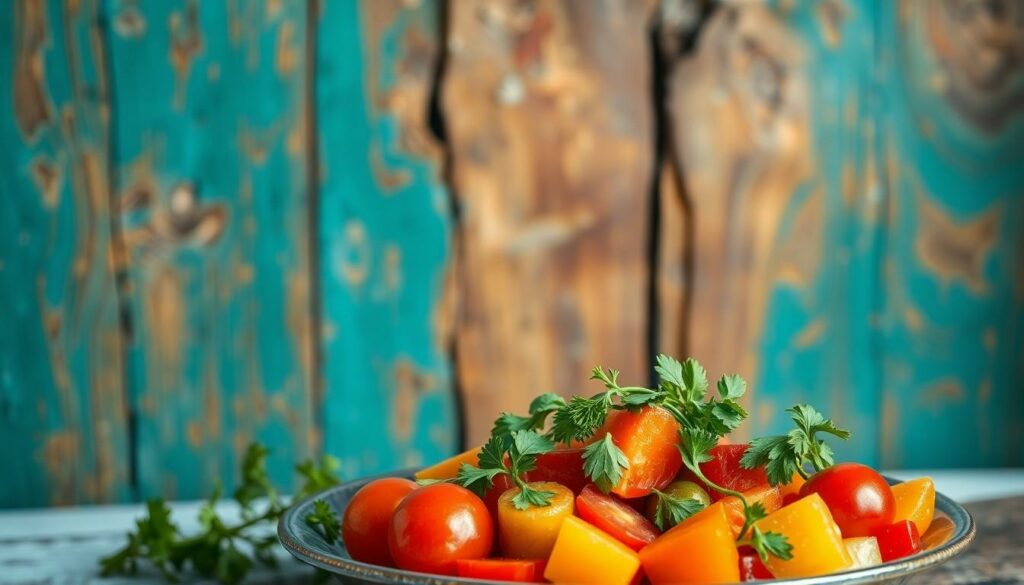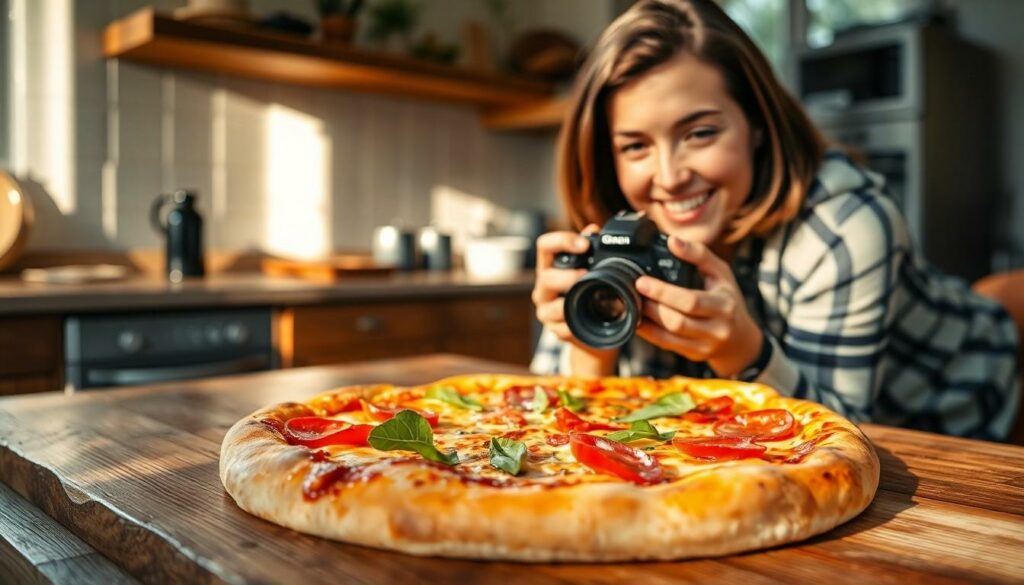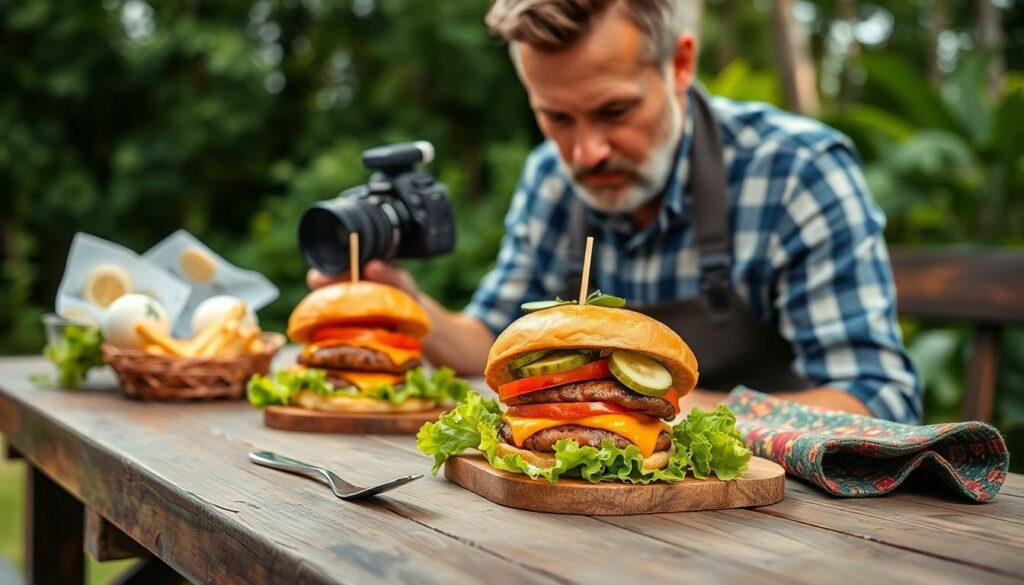In the world of food photography, the right backdrop can turn a simple dish into a culinary masterpiece. Imagine a plate of pasta sitting on a boring table—yawn! Now picture that same plate against a vibrant, textured backdrop that makes your mouth water just by looking at it. The difference is like night and day, or like a soggy salad versus a perfectly grilled steak.
Backdrop For Food Photography
Backdrops significantly influence food photography. A captivating background draws attention to the dish, transforming an ordinary meal into an extraordinary visual experience. Vibrant colors and interesting textures enhance the overall aesthetic, making food appear more appetizing.
Textures play a crucial role. Rustic woods, smooth marbles, and colorful linens provide unique character. Each choice generates a different mood, catering to diverse styles and themes. For instance, a distressed wood backdrop evokes warmth and comfort, while a sleek marble surface suggests elegance.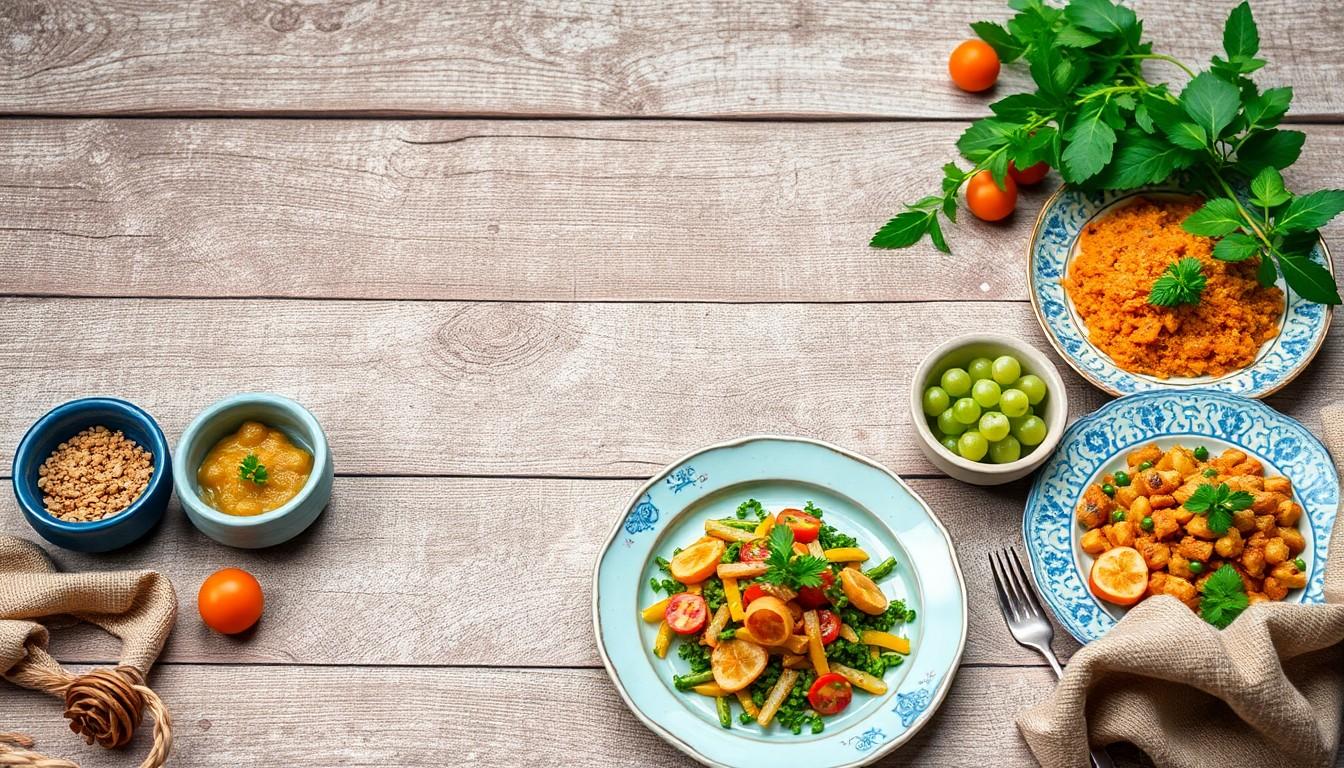
Contrast enhances visibility. A dark backdrop allows lighter dishes to pop, while lighter backgrounds can soften rich colors. This contrast adds depth and invites viewers’ eyes to explore the composition.
Lighting also interacts with backdrops. Natural light across a textured surface creates shadows that highlight the food’s curves and details. Proper placement can influence how colors appear, enhancing the dish’s vibrancy.
Backdrops function as storytelling tools. They convey themes, whether casual, sophisticated, or rustic. Using appropriate accessories, like utensils and ingredients, alongside the backdrop reinforces the message.
Practicality is essential. Selecting durable, easy-to-clean materials simplifies the photography process. Seamless rolls, fabric options, or treated surfaces withstand spills and wear while maintaining visual appeal.
In sum, careful selection of backdrops elevates food photography’s impact. The right background works harmoniously with the dish, creating compelling compositions that resonate with viewers. Prioritizing backdrop choices leads to stunning photographs that capture culinary art with clarity and creativity.
Types Of Backdrops
Selecting the right backdrop enhances food photography, creating a strong visual impact. Different types offer unique qualities that contribute to the aesthetic appeal.
Natural Materials
Natural materials provide a rustic charm that complements food beautifully. Wood, stone, and slate often bring warmth to compositions. Textured surfaces, like reclaimed wood, add character, while smooth stones introduce a polished look. Choosing weathered options can evoke a sense of comfort, attractive in home-cooked meal photography. Interactions between natural materials and food produce a timeless feel that resonates with viewers.
Fabric Options
Fabric options introduce versatility in food photography. Linen, cotton, and muslin drapes offer a soft, inviting backdrop that enhances dish presentation. Bold colors and patterns can create striking contrasts, highlighting the food’s vibrancy. Various textures may change the mood, from casual to elegant. Fabrics also allow flexibility; they can be easily swapped out to fit different styles or themes. Wrapping props in fabric or laying dishes on fabric adds layers of interest to the final image.
Hard Surfaces
Hard surfaces create a sleek and modern look in food photography. Materials like marble, granite, and glass amplify elegance and sophistication. Smooth surfaces often reflect light, enhancing colors and details of the dish. While glossy finishes lend a contemporary vibe, matte options help in reducing glare. They convey a sense of refinement, ideal for upscale culinary presentations. Various colors can impact the overall tone, ranging from cool neutrals to rich, vibrant hues, enhancing the visual appeal.
Choosing The Right Backdrop
Selecting an appropriate backdrop plays a crucial role in food photography. It sets the stage for showcasing culinary creations effectively.
Color Considerations
Color influences mood, emotion, and appetite in food photography. Warm colors like reds, oranges, and yellows create a lively atmosphere while enhancing appetizing qualities. Cool colors, such as blues and greens, evoke freshness and calmness. When pairing colors, contrasting hues can make the dish stand out more. For instance, a vibrant dish might pop against a deep blue or soft gray backdrop. Neutral tones like beige or white provide a versatile base, allowing food colors to shine. Tailoring the backdrop color to the theme of the meal fosters a cohesive look.
Texture And Patterns
Texture adds depth and interest to food images. Rough surfaces, such as distressed wood or stone, can evoke a rustic charm, enhancing the appeal of homemade dishes. Alternatively, smooth and shiny surfaces, like polished marble or glass, create a sleek, modern look appealing for fine dining. Patterns also contribute significantly; subtle designs encourage viewers to focus on the food while adding visual intrigue. Striped or checked patterns, for instance, can add a playful touch without overwhelming the dish. Balancing texture and patterns ensures that the food remains the focal point while enhancing overall composition.
DIY Backdrop Ideas
DIY backdrops for food photography offer creativity and cost-effectiveness. These ideas utilize readily available materials to enhance food presentation.
Using Household Items
Household items provide excellent options for backdrops. Old wooden boards, for instance, can create a rustic feel. Wrapping paper or fabric remnants serve well when you seek vibrant colors or patterns. Pantone colors from leftover paint cans also work; just paint a large canvas for a smooth finish. Trays, cutting boards, and placemats introduce diverse textures while elevating dishes to different height levels. Plain white sheets can brighten images and enhance contrast. Seasonal decorations like colorful tablecloths or napkins add unique touches if seasonal themes fit the photography goals.
Creating A Themed Backdrop
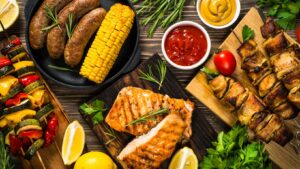 Themed backdrops establish a narrative for food photos. Selecting a theme sets a mood, enhancing storytelling through visuals. For a cozy kitchen vibe, use gingham fabric or pastel colors. Rustic themes benefit from burlap or reclaimed wood, evoking traditional dining experiences. Bright, bold colors suit festive occasions, ensuring dishes stand out. Nature-inspired backdrops, like leaves or stones, create connection to freshness and organic ingredients. Utilize props, such as herbs or seasonal fruits, to underline the theme and contribute additional visual interest. Combining textures and colors not only captivates but also entices viewers to explore culinary creations further.
Themed backdrops establish a narrative for food photos. Selecting a theme sets a mood, enhancing storytelling through visuals. For a cozy kitchen vibe, use gingham fabric or pastel colors. Rustic themes benefit from burlap or reclaimed wood, evoking traditional dining experiences. Bright, bold colors suit festive occasions, ensuring dishes stand out. Nature-inspired backdrops, like leaves or stones, create connection to freshness and organic ingredients. Utilize props, such as herbs or seasonal fruits, to underline the theme and contribute additional visual interest. Combining textures and colors not only captivates but also entices viewers to explore culinary creations further.
Enhance the Visual Appeal
The choice of backdrop plays a crucial role in food photography. It not only enhances the visual appeal of dishes but also sets the mood and theme of the composition. By selecting the right materials and colors, photographers can create stunning images that draw viewers in and make food irresistible.
Experimenting with different textures and patterns adds depth while ensuring the dish remains the focal point. DIY options allow for creativity without breaking the bank. Ultimately, a well-chosen backdrop can transform a simple meal into a captivating visual story that resonates with audiences and elevates the art of food photography.
